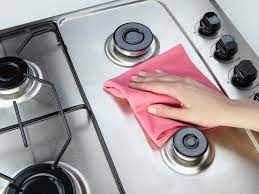Stainless Steel - Cleaning, Care and Maintenance

- Matthew Smith
World wide shipping available at checkout.
Habitat - Professional Cleaning Supplies. Factory shop 5 Panorama Road. Rooihuiskraal Centurion. Request a price list
DEC 2024 Shutdown Dec 13th Reopen 6th Jan 2025. Last day for online orders Dec 7th, thereafter orders will be processed from 14th Jan.

Comments 0